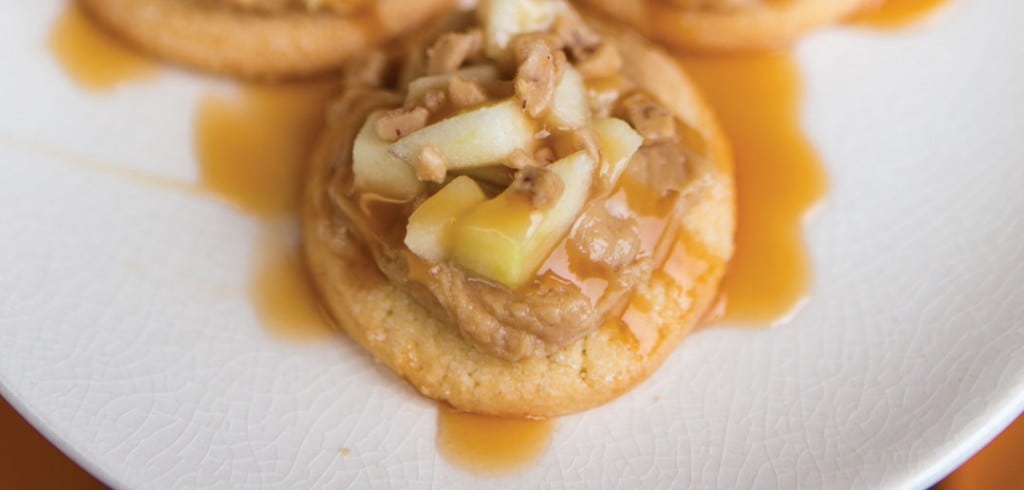This gooey treat is more versatile than you might imagine
Do you pronounce it “care-ah-mul” or “car-mull?” You can make this confection without a dictionary, but don’t try it without a candy thermometer. Learn this valuable and versatile candy-making skill, and you can quickly travel past an ordinary caramel-dipped apple. These desserts are both easy and elegant.
October Recipes
- Individual Caramel Tarts
- Caramel Sauce
- Chocolate-Caramel Apples
- Caramel Frosting
- Caramel Apple Cookies [Kid Friendly]
- Quick Caramel Fondue
- Caramel Ice Cream
- Caramel Nut Fudge Brownies
Caramel 101:
- Use the heaviest gauge pot you have. Save the glass, nonstick or thin metal cookware for other purposes.
- Make sure the pot you use is absolutely clean. The sugar can attach itself and cling to stuck-on food particles. Wash the pot well and completely dry it before you begin.
- If you burn caramel, start over. There will be no way to disguise the charred flavor, so toss it and try again.
- Practice does indeed make perfect, so keep at it, and you’ll have the process exact in no time!
Apples 101
- Tennessee’s apple harvest lasts through October.
- One bad apple really does spoil the whole bunch. Bruised or overripe spots give off ethylene gas, causing the fruits around them to deteriorate much quicker than they would otherwise.
- Inspect apples for any blemishes, and use the less-than-perfect apples immediately. Store the rest in a cold, humid spot like a cold cellar or fridge at about 30-35 degrees until you’re ready to use or preserve them.
- Stored in the crisper drawer of your refrigerator and topped with a slightly dampened paper towel, freshly picked apples can last for months.
- Thick-skinned, tart apples like Rome, Melrose, Fuji and Granny Smith are varieties that tend to keep best when stored properly.
- A bushel of apples weighs about 48 pounds.
- Find a farm-to-kitchen measures conversion chart for all sorts of autumn produce at PickTnProducts.org.



